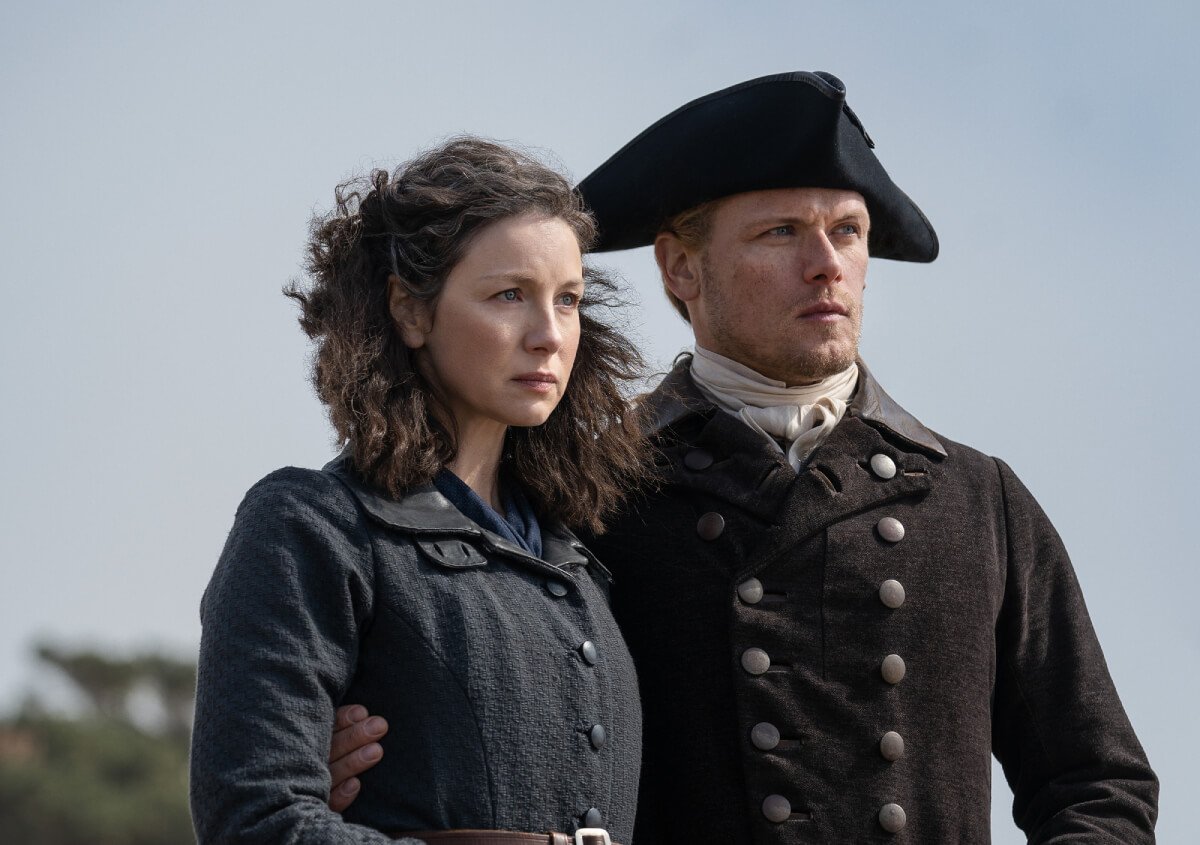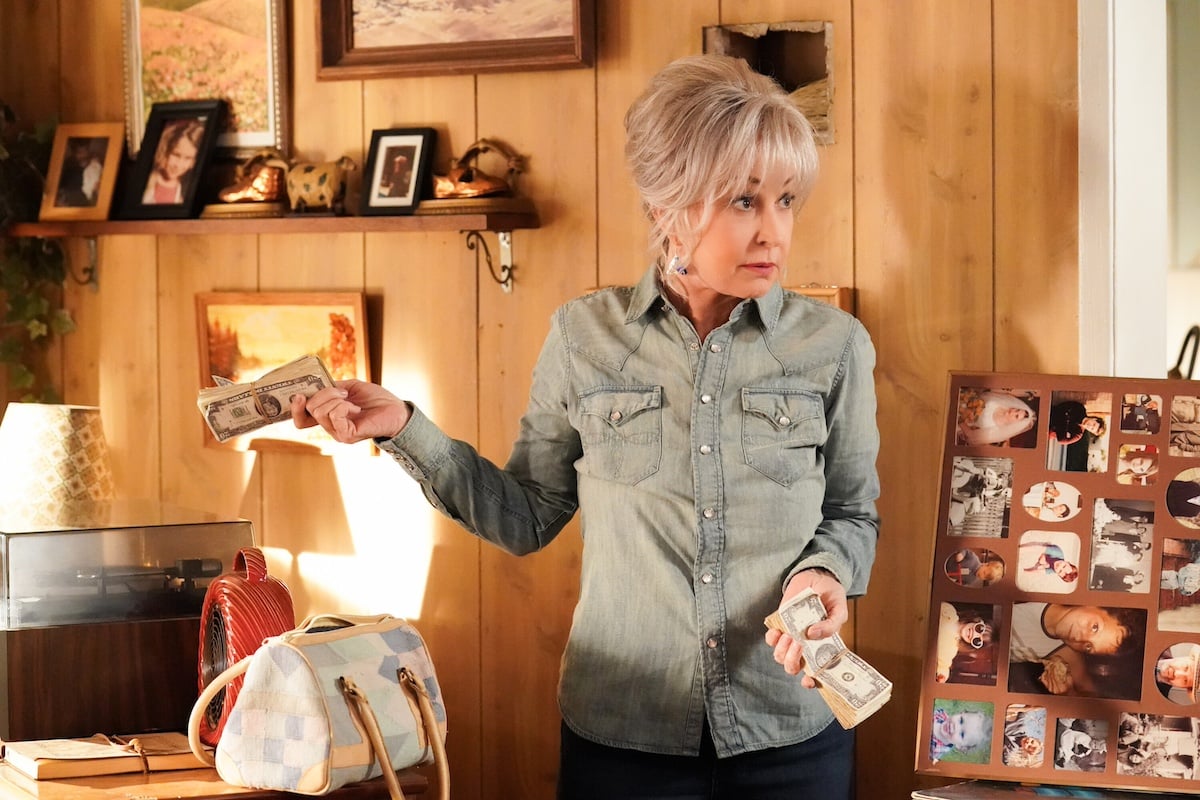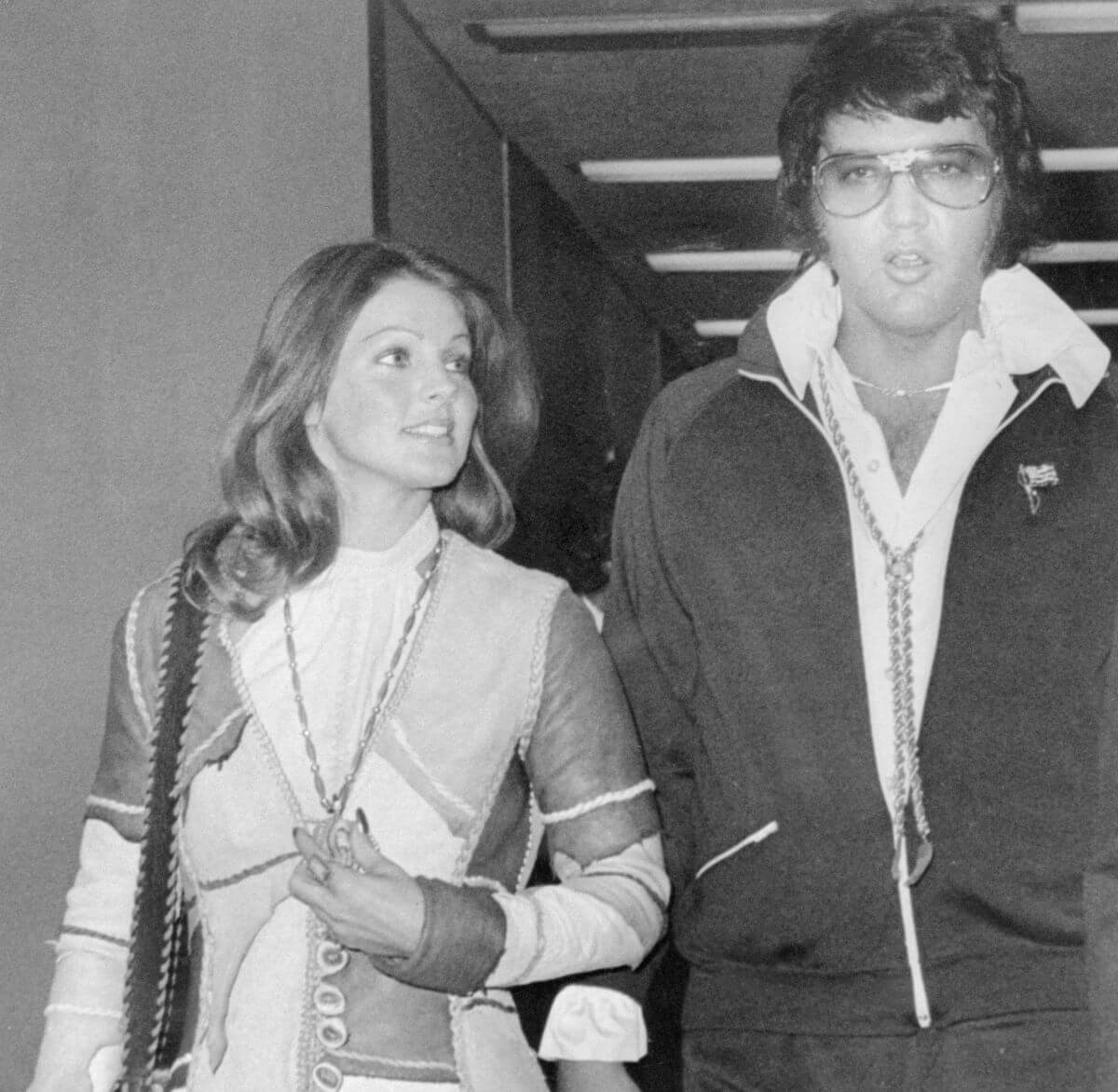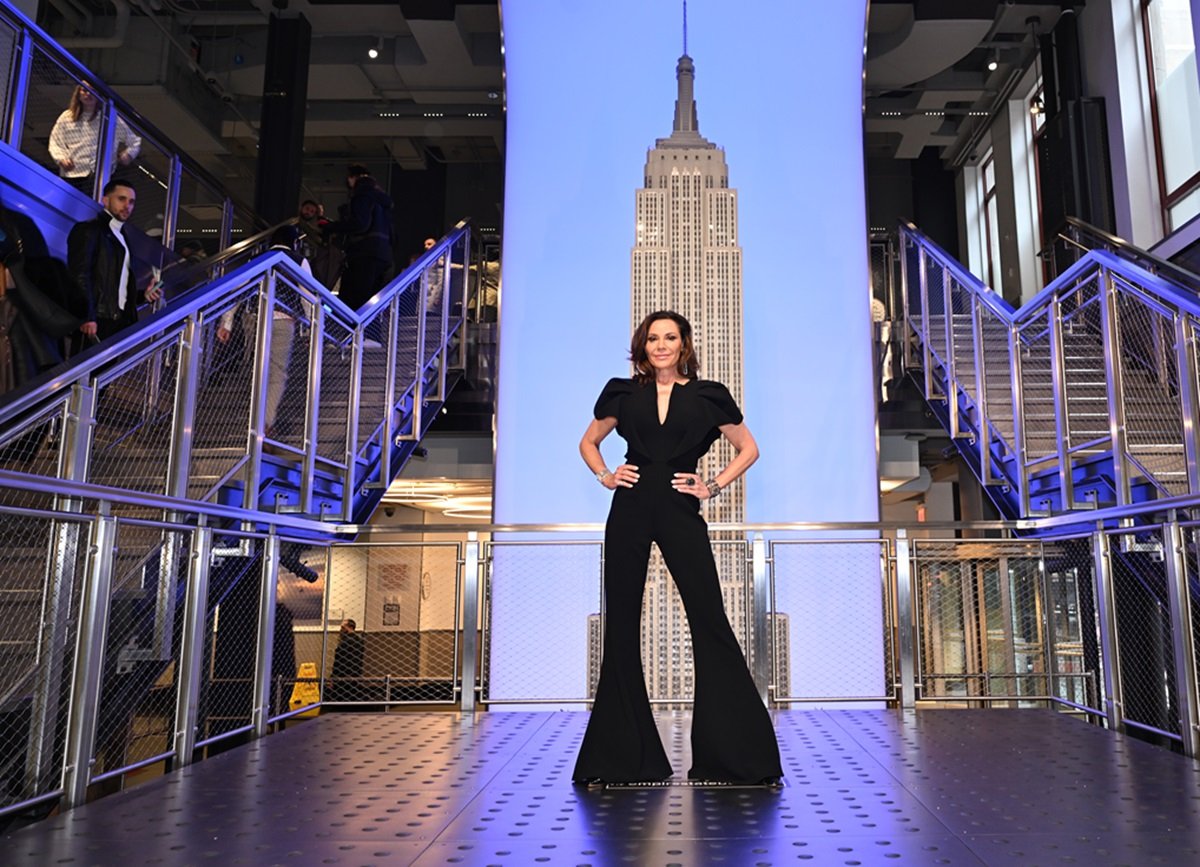
‘Outlander’ Star Caitriona Balfe Reveals 1 of Her Co-Stars Causes Absolute ‘Chaos’ on the Set
Outlander star Caitriona Balfe recently dished on some behind-the-scenes intricacies. Among the revelations, she spotlighted a co-star that adds a touch of ‘chaos’ amid the time-traveling drama.
It’s no secret that Outlander boasts a rich tapestry of human and animal characters. Yet, as Balfe divulged, working with the latter can sometimes disrupt the seamless flow of production.
Caitriona Balfe reveals which one of her co-stars is ‘Chaos’ on set
Balfe recently shared insights into the filming intricacies of Outlander, particularly the challenges of capturing a drama that traverses various epochs.
One of the biggest difficulties is managing animals on set, which can be a major problem as Outlander features many animals every season.
According to Express, Balfe and executive producer Maril Davis delved into the complexities of incorporating animals into their episodes.
Davis remarked on the occasional need to swap out their Rollos, depending on the shooting schedule and how the animals are behaving. While she expressed her fondness for both cats and dogs, Davis mentioned they can be quite a handful on set.
Echoing Davis’s sentiment, Balfe noted the unpredictability of these animals. The Outlander star emphasized that no amount of training seems to deter their whimsical nature when shooting is underway.
“I mean, it just causes chaos, and I don’t care how many times people say, ‘No, but they’re trained,'” Balfe shared. “I’m like, ‘No, they don’t care that we’re making a show, they’re like, ‘Screw you. I don’t care.'”
Here’s how animals present a unique challenge for ‘Outlander’
Rollo is a character derived from Diana Gabaldon’s Outlander universe. He becomes a cherished member of the Fraser family in North Carolina after Young Ian wins him in a dice game.
While he serves dutifully as a protective guard and an efficient hunter for the Frasers, he also offers much-appreciated cuddly comfort. This is especially true after the intense season opener.
However, fans’ love for Rollo aside, incorporating animals into scenes brings challenges during post-production.
Even when enticed with treats, the animal actors often don’t cooperate, leading to numerous discarded takes.
Discussing another furry cast member, Balfe shared how Adso, the cat, is nonchalantly present, showing mild interest in his surroundings.
“Adso just kind of hangs out and he’s cat, he doesn’t give a s*** either but he does really like… he gives a s*** in a very sedentary way,” she explained.
Balfe and Davis aren’t alone in their sentiments. Executive producer Matthew B. Roberts confessed such challenges were the main reason behind the exclusion of the character White Sow from the show.
Caitriona Balfe opens up about working with Rollo on ‘Outlander’
Over time, Rollo has secured a spot in the hearts of Outlander enthusiasts. Chatting with Elle, Balfe shed light on some behind-the-scenes tidbits regarding the show’s renowned canine.
Balfe mentioned they initially got two sibling puppies, but only Dewey, the gentler of the two, often made it on screen.
The Outlander star believes the original intention was to portray a more intimidating canine, but Dewey is purely gentle-hearted and doesn’t have a fierce bone in him.
“They bought two puppies, two brothers, but we only ever use one,” Balfe shared. “His name is Dewey, and he’s a really lovely, sweet dog. I’m probably the one person who gets frustrated [working with him] because there’s a lot of squeaky toys involved, a lot of high-pitched calling. I don’t know if he’s the best trained, I’m just gonna say it!”
The literary Rollo is a mix of an Irish Wolfhound and a wild wolf. However, the show’s adaptation has chosen a softer approach by casting two Northern Inuit pups.
Regarding this change, Roberts clarified that they opted for the Northern Inuit breed due to their calm nature. The Northern Inuit breed boasts a pleasant temperament and is known to have affectionate behavior towards humans.



